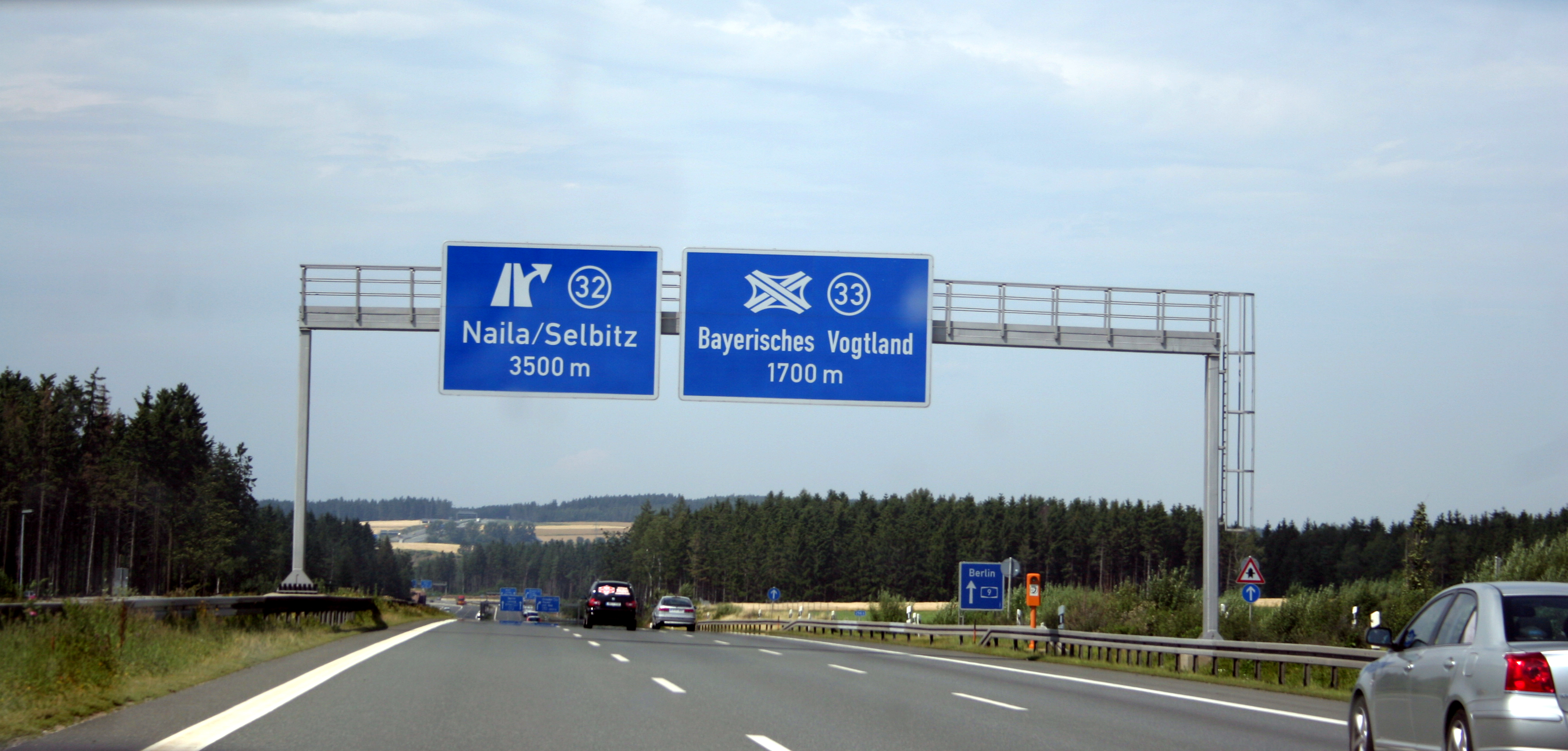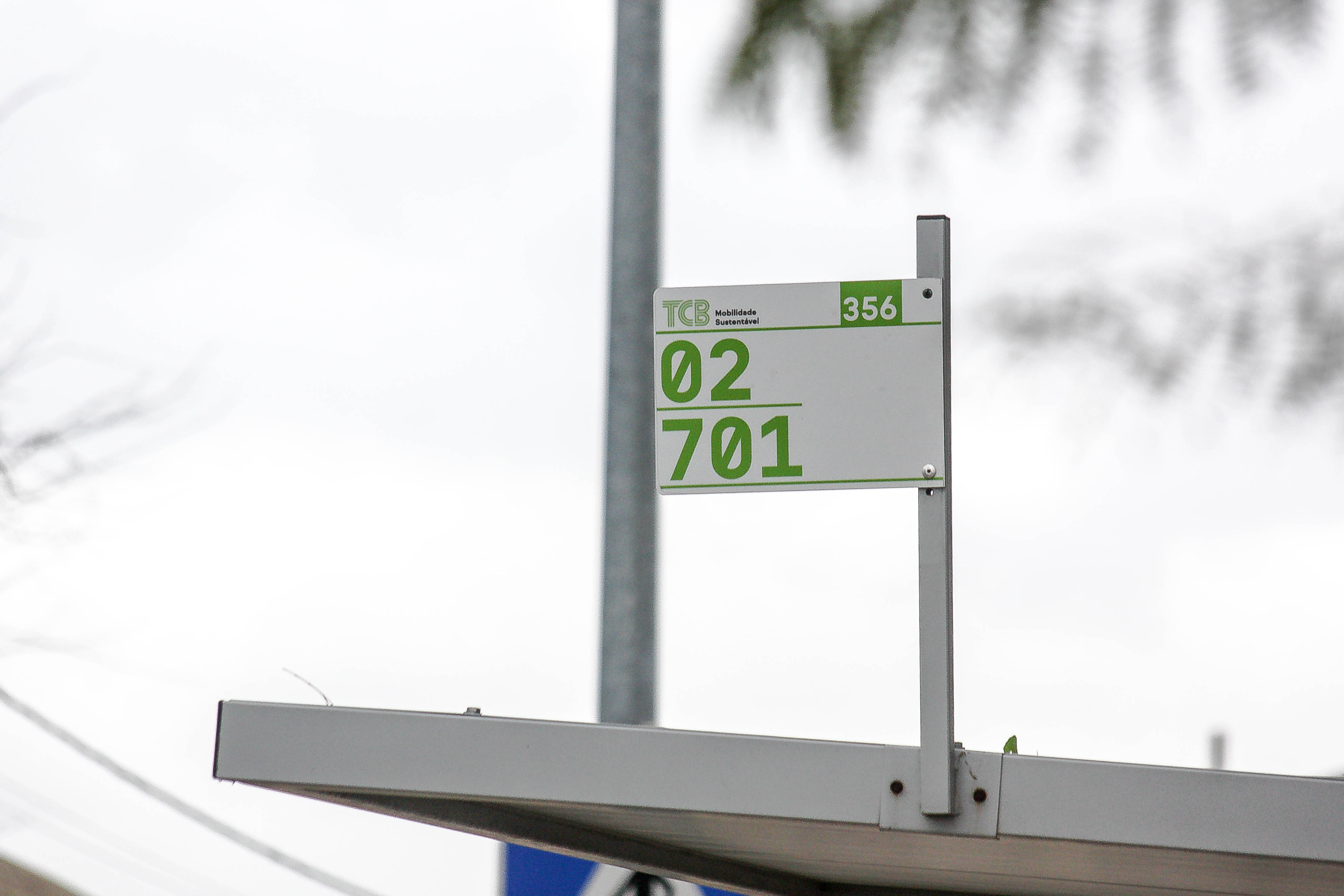|
FE-Schrift
The or ('forgery-impeding typeface') is a sans serif typeface introduced for use on license plate, licence plates. Its monospaced letters and numbers are slightly disproportionate to prevent easy modification and to improve machine readability. The typeface was developed in Germany, where it has been mandatory since November 2000. The abbreviation "FE" is derived from the compound German adjective combining the noun ('falsification') and the verb ('to hinder'). means 'typeface' in German (cognate with the English word ''script''). Other countries have later introduced the same or a derived typeface for license plates taking advantage of the proven design for the . Development The motivation for the creation of the typeface arose in the late 1970s in the light of terrorism by the Red Army Faction when it was discovered that with the then-standard font for vehicle registration plates—the DIN 1451 font—it was particularly easy to modify letters by applying a small am ... [...More Info...] [...Related Items...] OR: [Wikipedia] [Google] [Baidu] |
License Plate
A vehicle registration plate, also known as a number plate (British, Indian and Australian English), license plate (American English) or licence plate (Canadian English), is a metal or plastic plate attached to a motor vehicle or trailer for official identification purposes. All countries require registration plates for commercial road vehicles such as cars, trucks, and motorcycles, for hire. Whether they are required for other vehicles, such as bicycles, boats, or tractors, may vary by jurisdiction. The registration identifier is a numeric or alphanumeric ID that uniquely identifies the vehicle or vehicle owner within the issuing region's vehicle register. In some countries, the identifier is unique within the entire country, while in others it is unique within a state or province. Whether the identifier is associated with a vehicle or a person also varies by issuing agency. There are also electronic license plates. Legal requirements In Europe, most governments requi ... [...More Info...] [...Related Items...] OR: [Wikipedia] [Google] [Baidu] |
Karlgeorg Hoefer
Karlgeorg Hoefer (6 February 1914 – 8 October 2000) was a German calligrapher and typographer. Hoefer was born in Schlesisch-Drehnow (now Drzonów) in Silesia. He taught typography at the Hochschule für Gestaltung Offenbach (until 1970 "Werkkunstschule Offenbach") and held several calligraphy workshops for calligraphic societies in Los Angeles, San Francisco, Portland, Boston, Minneapolis-St. Paul, Portland and Washington. In 1987, he founded the Schreibwerkstatt-Klingspor Offenbach and supported the Klingspor Museum in Offenbach am Main. He designed fonts for Linotype, Klingspor, and Ludwig & Mayer, including the Permanent family and Permanent Headline. Today, his most commonly seen font is the FE-Schrift The or ('forgery-impeding typeface') is a sans serif typeface introduced for use on license plate, licence plates. Its monospaced letters and numbers are slightly disproportionate to prevent easy modification and to improve machine readabil ..., the ... [...More Info...] [...Related Items...] OR: [Wikipedia] [Google] [Baidu] |
Vehicle Registration Plates Of Germany
Vehicle registration plates ( or, more colloquially, ) are mandatory alphanumeric plates used to display the ''registration mark'' of a vehicle registered in Germany. They have existed in the country since 1906, with the current system in use since 1956. German registration plates are alphanumeric plates in a standardised format, issued officially by the district authorities. All motorised vehicles participating in road traffic on public space, whether moving or stationary, have to bear the plates allotted to them, displayed at the appropriate spaces at the front and rear. Additionally, the official seals on the plates show their validity which can also be proven by the documentation coming with them. Motorcycles and trailers carry only a rear plate. A significant feature of German vehicle registration plates is the area code, which can be used to tell the district of registration. It has developed into a widespread habit in Germany, even a children's game when travelling, t ... [...More Info...] [...Related Items...] OR: [Wikipedia] [Google] [Baidu] |
Mandatory (typeface)
Mandatory is a typeface developed from the Charles Wright typeface, introduced for use on vehicle registration plates of the United Kingdom. Its block letters and numbers are designed to prevent easy modification and to improve legibility, with stroke separation on the M and W which are pointed at the centre, and the tail of the Q which is thinner and clearer. It was developed in the United Kingdom and is also used by Brazil (where it was mandatory from 2008 to 2018—prior to the adoption of Mercosur plates), Commonwealth countries, Jordan, and Yemen (Taiz Governorate) for numerals since 2018. The Mandatory font can be downloaded free for personal use from K-Type. In the United Kingdom, characters on vehicle registration plates purchased from 1 September 2001 must use Mandatory typeface and conform to set specifications as to width, height, stroke, spacing and margins. The physical characteristics of the number plates are set out in British Standard BS AU 145e (or BS AU 145d ... [...More Info...] [...Related Items...] OR: [Wikipedia] [Google] [Baidu] |
DIN 1451
DIN 1451 is a sans-serif typeface that is widely used for traffic, administrative and technical applications. It was defined by the German standards body DIN (, 'German Institute for Standardisation', pronounced like the English word ''din'') in the standard sheet ('typefaces') in 1931. Similar standards existed for stencilled letters. Originally designed for industrial uses, the first DIN-type fonts were a simplified design that could be applied with limited technical difficulty. Due to the design's legibility and uncomplicated, unadorned design, it has become popular for general purpose use in signage and display adaptations. Many adaptations and expansions of the original design have been released digitally. Overview The DIN 1451 typeface family includes both a medium () and a condensed () version; an older extended version () has not been used since the early 1980s, but may still be encountered on older road signs in Germany. DIN 1451 is the typeface used on road signage i ... [...More Info...] [...Related Items...] OR: [Wikipedia] [Google] [Baidu] |
Slashed Zero
The slashed zero, , is a representation of the Arabic digit zero ("0") with a slash (punctuation), slash through it. This variant zero glyph is often used to distinguish the digit zero from the Latin script letter O anywhere that the distinction needs emphasis, particularly in encoding systems, scientific and engineering applications, computer programming (such as software development), and telecommunications. It thus helps to differentiate characters that would otherwise be homoglyphs. It was commonly used during the punched card, punch card era, when programs were typically written out by hand, to avoid ambiguity when the character was later typed on a card punch. Usage The slashed zero is used in a number of fields in order to avoid confusion with the letter "O". It is used by computer programmers, in recording amateur radio call signs and in military radio, as logs of such contacts tend to contain both letters and numerals. The slashed zero was used on teleprinter circuits ... [...More Info...] [...Related Items...] OR: [Wikipedia] [Google] [Baidu] |
Bundeswehr
The (, ''Federal Defence'') are the armed forces of the Germany, Federal Republic of Germany. The is divided into a military part (armed forces or ''Streitkräfte'') and a civil part, the military part consists of the four armed forces: German Army, German Navy, German Air Force and Cyber and Information Domain Service (Germany), Cyber and Information Domain Service, which are supported by the Bundeswehr Support Area. , the had a strength of 180,215 active-duty military personnel and 80,761 civilians, placing it among the 30 largest military forces in the world, and making it the second largest in the European Union behind French Armed Forces, France. In addition, the has approximately 34,600 reserve personnel (2024). With German military expenditures at $88.5 billion (2024), the is the fourth-highest-funded military in the world, though military expenditures have until recently remained low at an average at 1.5% of national GDP, well below the non-binding NATO targ ... [...More Info...] [...Related Items...] OR: [Wikipedia] [Google] [Baidu] |
Automatic Number-plate Recognition
Automatic number-plate recognition (ANPR; see also #Other names, other names below) is a technology that uses optical character recognition on images to read vehicle registration plates to create vehicle location data. It can use existing closed-circuit television, road-rule enforcement cameras, or cameras specifically designed for the task. ANPR is used by police forces around the world for law enforcement purposes, including checking if a vehicle registration, vehicle is registered or Vehicle licence, licensed. It is also used for electronic toll collection on road pricing, pay-per-use roads and as a method of cataloguing the movements of traffic, for example by highways agencies. Automatic number-plate recognition can be used to store the images captured by the cameras as well as the text from the license plate, with some configurable to store a photograph of the driver. Systems commonly use infrared lighting to allow the camera to take the picture at any time of day or nigh ... [...More Info...] [...Related Items...] OR: [Wikipedia] [Google] [Baidu] |
Schengen Zone
The Schengen Area ( , ) encompasses European countries that have officially abolished border controls at their common borders. As an element within the wider area of freedom, security and justice (AFSJ) policy of the European Union (EU), it mostly functions as a single jurisdiction under a common visa policy for international travel purposes. The area is named after the 1985 Schengen Agreement and the 1990 Schengen Convention, both signed in Schengen, Luxembourg. Of the 27 EU member states, 25 are members of the Schengen Area. Cyprus and Ireland are the only EU member states that are not part of the Schengen Area. Cyprus aims to become part of the Schengen Area by 2026. The country is committed by treaty to join in the future, but its participation has been complicated due to the occupation of Northern Cyprus by Turkey since 1974. Ireland maintains an opt-out and operates its own visa policy. In addition to the member states of the European Union, all member states of t ... [...More Info...] [...Related Items...] OR: [Wikipedia] [Google] [Baidu] |
International License Plate Code
The country in which a motor vehicle's vehicle registration plate was issued may be indicated by an international vehicle registration code, also called Vehicle Registration Identification code or VRI code, formerly known as an International Registration Letter or International Circulation Mark. It is referred to as the Distinguishing sign of the State of registration in the Geneva Convention on Road Traffic of 1949 and the Vienna Convention on Road Traffic of 1968. The allocation of codes is maintained by the United Nations Economic Commission for Europe as the ''Distinguishing Signs Used on Vehicles in International Traffic'' (sometimes abbreviated to DSIT), authorised by the UN's Geneva Convention on Road Traffic and the Vienna Convention on Road Traffic. Many vehicle codes created since the adoption of ISO 3166 coincide with ISO two- or three-letter codes. The 2004 South-East Asian ''Agreement ... for the Facilitation of Cross-Border Transport of Goods and People ... [...More Info...] [...Related Items...] OR: [Wikipedia] [Google] [Baidu] |
Vehicle Registration Plates Of The European Union
A vehicle registration plate, also known as a number plate (British English), license plate or licence plate (American English and Canadian English respectively), is a metal or plastic plate or plates attached to a motor vehicle or trailer for official identification purposes. The registration identifier is a numeric or alphanumeric code that uniquely identifies the vehicle within the issuing authority's database. In Europe most countries have adopted a format for registration plates that satisfies the requirements in the Vienna Convention on Road Traffic, which states that cross-border vehicles must display a distinguishing code for the country of registration on the rear of the vehicle. This sign may be an oval sticker placed separately from the registration plate, or may be incorporated into the plate. When the distinguishing sign is incorporated into the registration plate, it must also appear on the front plate of the vehicle, and may be supplemented with the flag or emblem ... [...More Info...] [...Related Items...] OR: [Wikipedia] [Google] [Baidu] |






